Historic 1920s Wedding Of A Lesbian Couple In Budapest Defying Gender Norms
In the early 20th century, a striking photograph taken in a Budapest studio captured a rare and courageous moment—a wedding portrait of a lesbian couple from 1920, dressed in semi-drag. This image defies the norms of its time and stands as a strong symbol of enduring love and courage.
The photograph captures two women, one in a traditional bridal dress with a veil and bouquet, and the other in a sharply tailored suit with a bow tie—a striking break from the expected roles for women of that era.
Their clothing choices reflect not only their union but also the courage it took to reveal their true identities in a time when society was far from accepting.
The powerful image
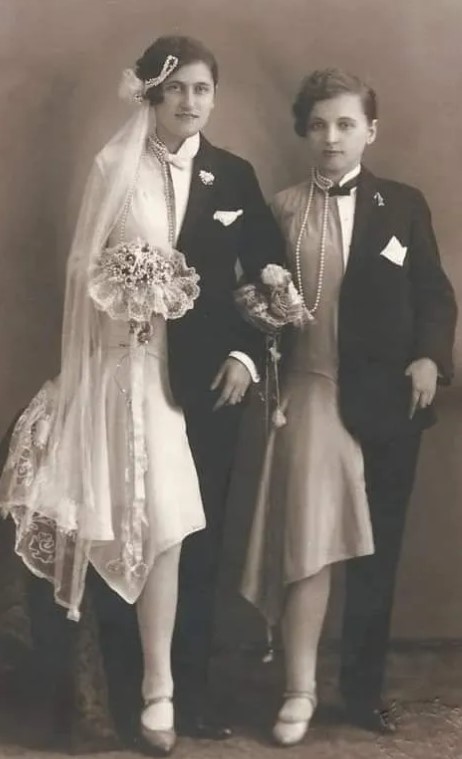
In the 1920s, Budapest thrived as a cultural hub, yet strict social codes and conservative values—especially regarding gender and sexuality—dominated daily life. Homosexuality wasn’t just socially frowned upon; it was illegal, making this wedding a brave act of defiance.
This rare photo captures more than the joy of a wedding; it reflects the deep intersection of personal identity and societal expectations in early 20th-century Europe. For this couple, their attire—one in a bridal gown, the other in a groom-like suit—challenged traditional gender roles and served as a powerful symbol of resistance, hinting at ideas of gender fluidity that were far ahead of their time.
Unfortunately, the couple’s identities are lost to time, as stories like theirs were often left unrecorded or intentionally erased due to social prejudices. Yet, this photograph hints that relationships like theirs may have been more common than history shows.
The formal studio setting, with its professional backdrop and lighting, suggests that this portrait was a meaningful investment—likely created to honor their special day, much like any other couple would.
How 1920s Speakeasies Shaped LGBTQIA+ Identity
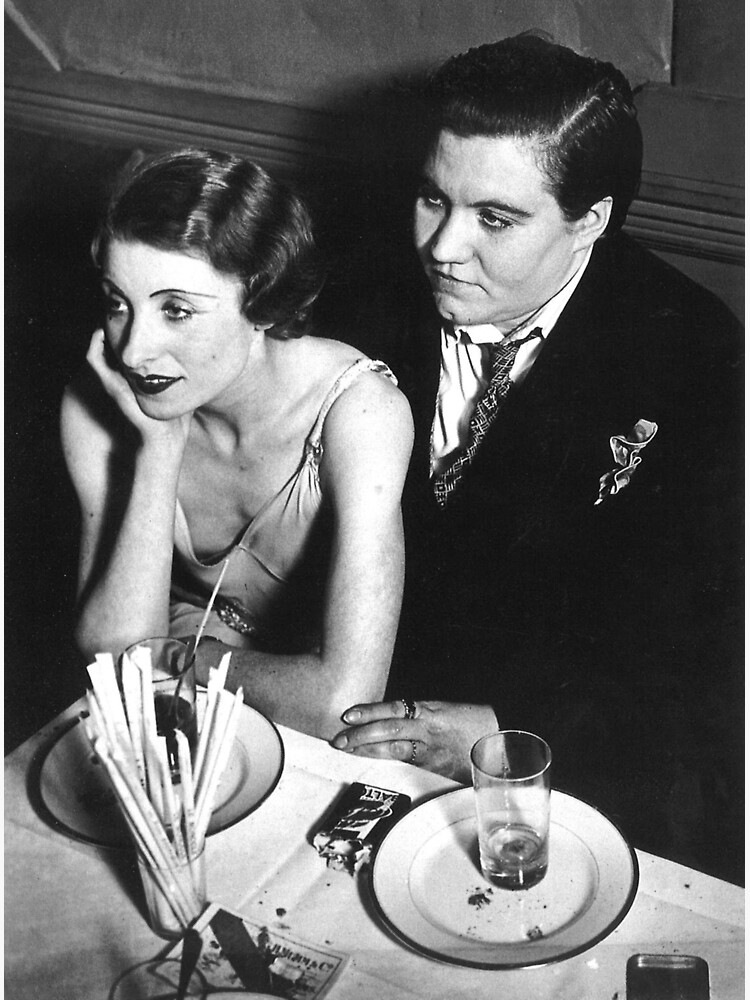
In late 19th-century America, unlicensed bars quietly operated, but by January 1920, there was an explosion of these secret meeting places in every town in the country. Big cities became packed with countless secret clubs, though their exact numbers remain unknown due to their covert nature.
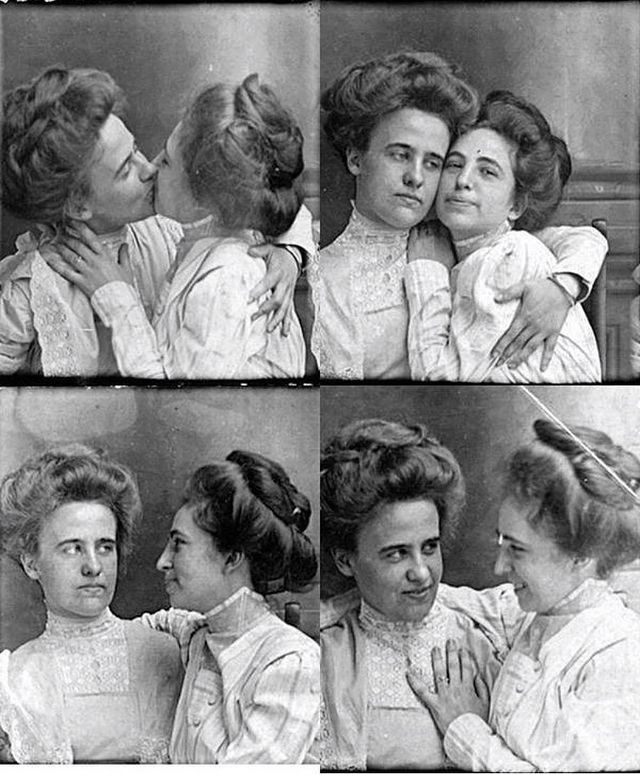
These spaces became vibrant melting pots where people of all backgrounds—marginalized groups exploring their identities, musicians, entertainers, social elites, politicians, and working-class Black and upper-class White individuals alike—came together.
Driven by people on society’s fringes, these clubs sparked a new, progressive social scene. Today, this once-oppressed community continues to define and express their identities within the LGBTQIA+ spectrum.
The Rise of African American LGBTQ+ Icons in Music and Entertainment
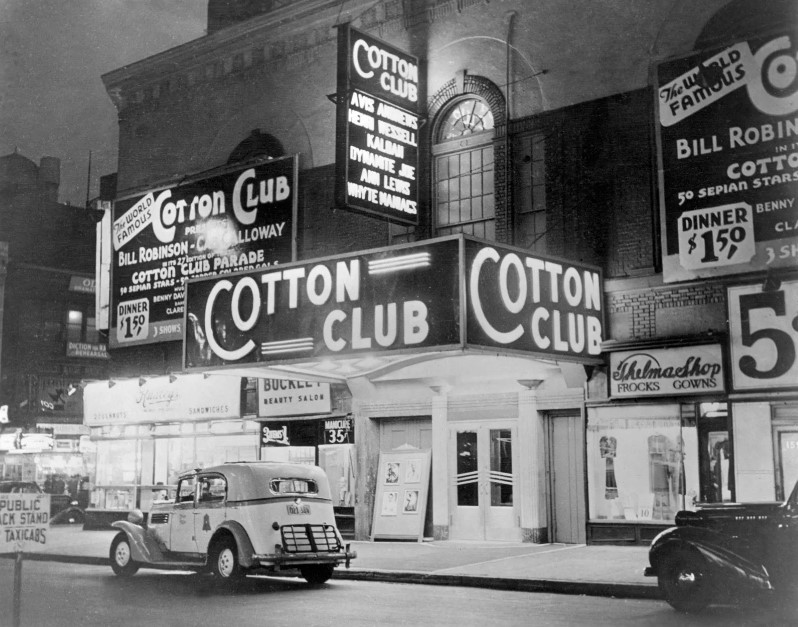
At the beginning of the 20th century, Harlem became a hub for a unique African American homosexual subculture, a movement known as the “Harlem Renaissance.” During the 1920s, Harlem gained fame for its vibrant literary scene and the rise of blues and jazz music in local clubs.
Performers like female impersonator Phil Black, entertainer Frankie “Half-Pint” Jaxson, and singer George Hanna incorporated elements of homosexuality into their acts while maintaining respect and recognition in the entertainment world.
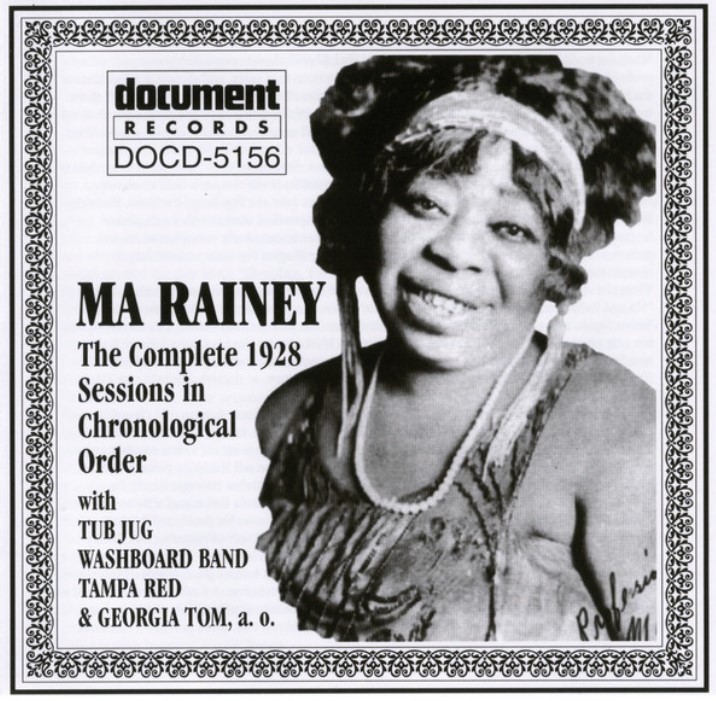
Many Black bisexual and lesbian women, such as Bessie Smith, Gladys Bentley, Jackie “Moms” Mabley, Alberta Hunter, Gertrude “Ma” Rainey, Josephine Baker, and Ethel Waters, rose to fame performing in Speakeasies and Rent Parties, which were popular during this time.
While most women maintained a heterosexual public image and kept their relationships with women private, a few, like Gladys Bentley and Ma Rainey, were more open.
Rainey, known for her short stature, dark skin, deep voice, and gold-toothed smile, was married but had relationships with women. Her famous song, “Prove it on Me,” openly addresses her sexuality. She admitted she preferred wearing men’s clothes and being with women, daring anyone to challenge her.


I believe the story behind the first photo mentioned in this article could be initially false. It is my opinion that the two women are wearing a half wedding gown and half tux, which could be simply a way to declare their feelings of self love. Implying that each is both the bride and the groom and therefore marrying one’s self. And with the writer stating having no proof behind the photo my interpretation could indeed be the correct one.